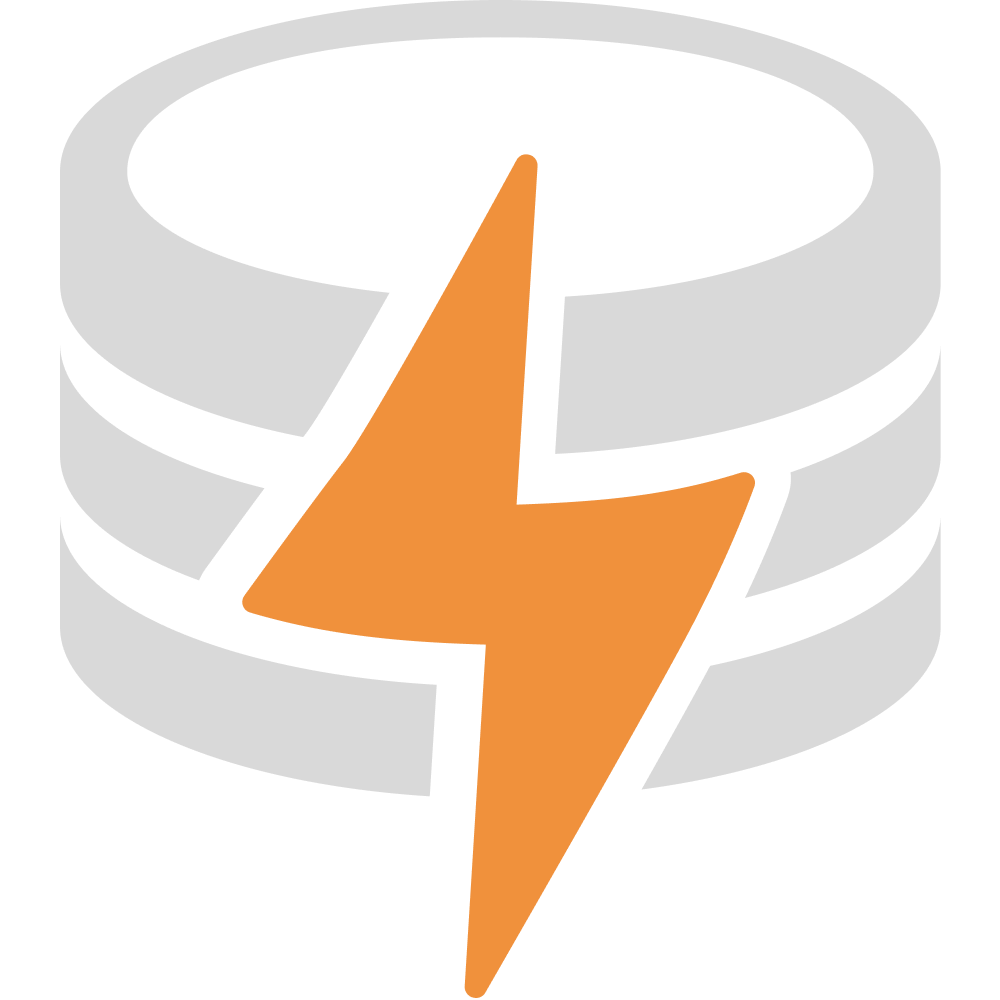Concepts
Overview
- Adapter (platform adapter)
- An adapter can instantiate a client session for a given platform (e.g. web, Expo)
- Client
- A logical group of client sessions
- Client session
- Store
- Reactivity graph
- Responsible for leader election
- Devtools
- Materializer
- Event handler function that maps an event to a state change
- Live queries
- Db queries
queryDb() - Computed queries
computed()
- Db queries
- Events
- Event definition
- Eventlog
- Synced vs client-only events
- Schema
- LiveStore uses schema definitions for the following cases:
- LiveStore uses the Effect Schema module to define fine-granular schemas
- State
- Derived from the eventlog via materializers
- SQLite state / database
- In-memory SQLite database within the client session thread (usually main thread)
- Used by the reactivity graph
- Persisted SQLite database (usually running on the leader thread)
- Fully derived from the eventlog
- In-memory SQLite database within the client session thread (usually main thread)
- Sync backend
- A central server that is responsible for syncing the eventlog between clients
- Framework integration
- A framework integration is a package that provides a way to integrate LiveStore with a framework (e.g. React, Solid, Svelte, etc.)
Implementation details
- Leader thread
- Responsible for syncing and persisting of data
- Sync processor
- LeaderSyncProcessor
- ClientSessionSyncProcessor
Architecture diagram
Assuming the web adapter in a multi-client, multi-tab browser application, a diagram looks like this:

The architecture is similar for other adapters (e.g. Expo) but often only involves a single client session per client.
Pluggable architecture
LiveStore is pluggable in 3 ways:
- Platform adapters
- Sync backends
- Framework integrations
